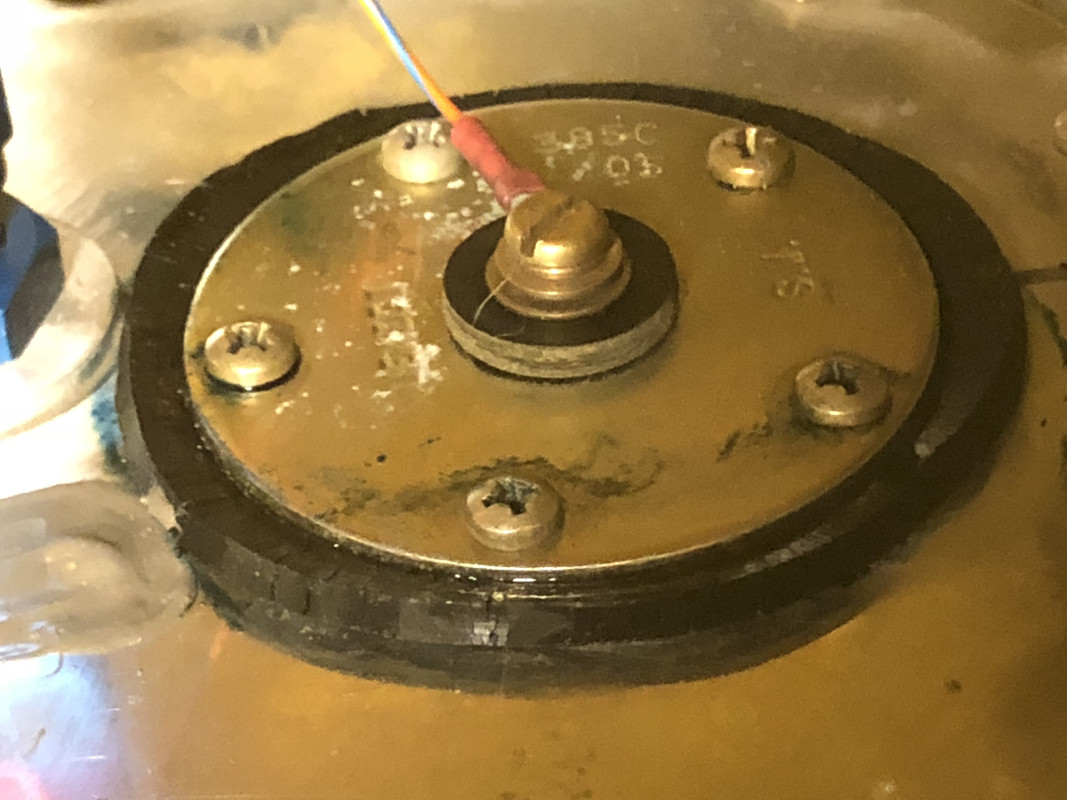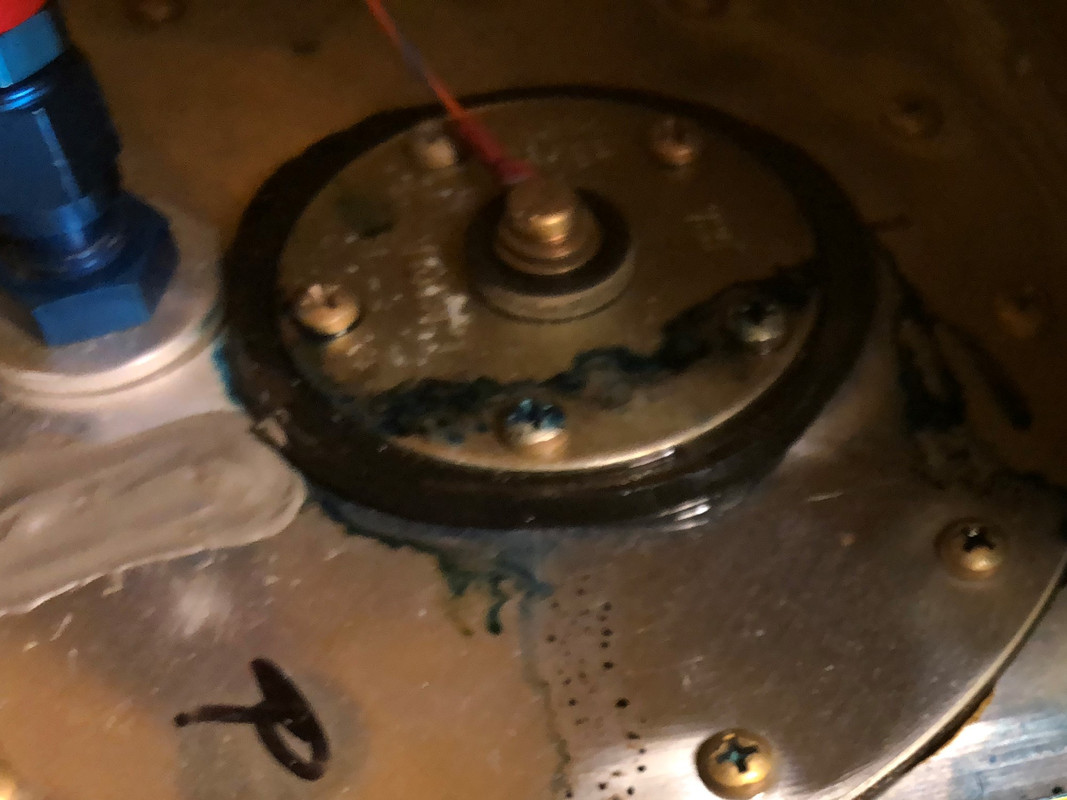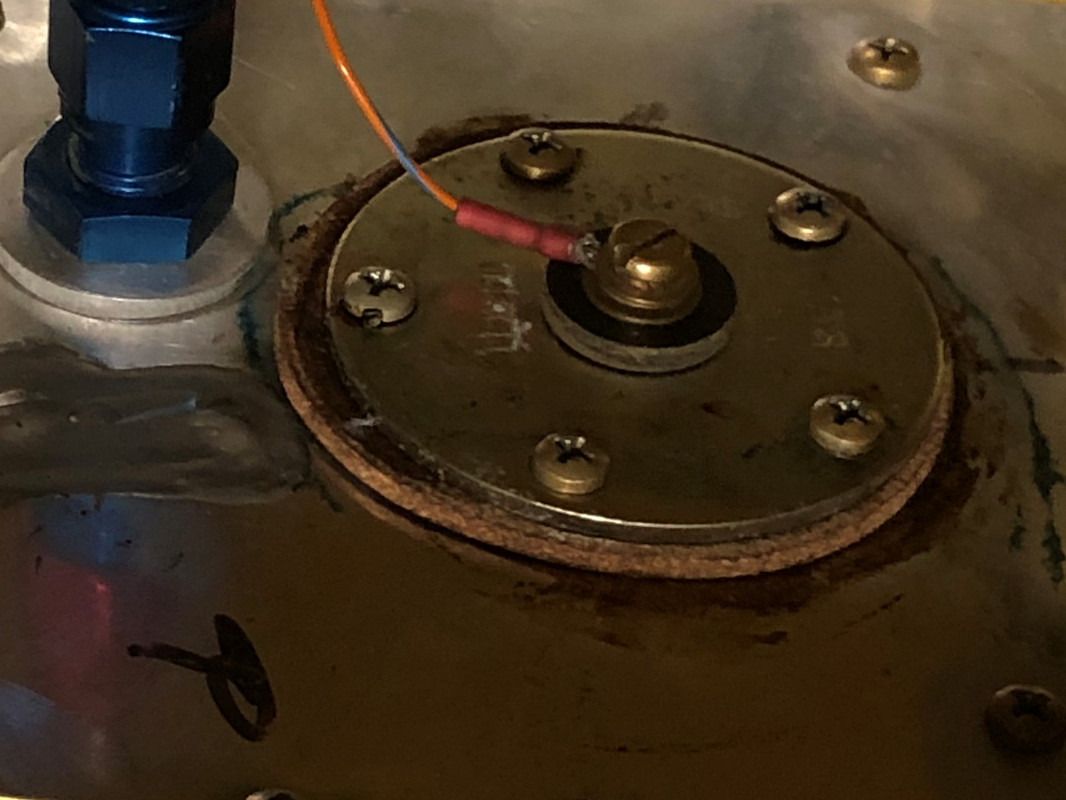Anyone have suggestions as to where or how I can efficiently fix or replace the black rubber gasket where my fuel metering is coming from? I wonder how long these gaskets are expected to last. I have pictures I took this morning, but I don't know how to attach it.
Thanks, Thor KAWO, Arlington, Wa
Dues paid 2019
RV10 963TM 820 hrs Hobbs since 09.15.2015
Thanks, Thor KAWO, Arlington, Wa
Dues paid 2019
RV10 963TM 820 hrs Hobbs since 09.15.2015







